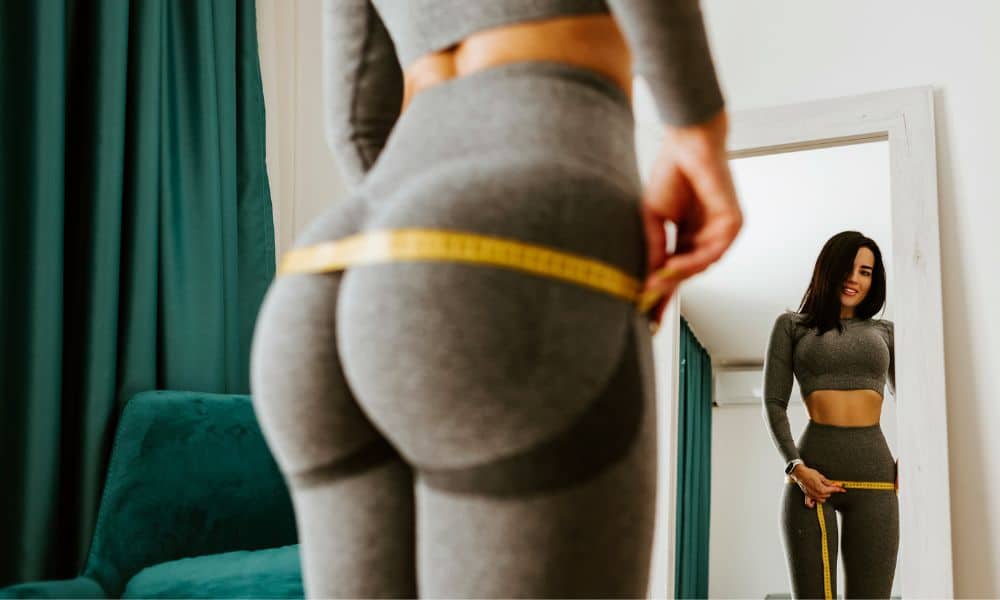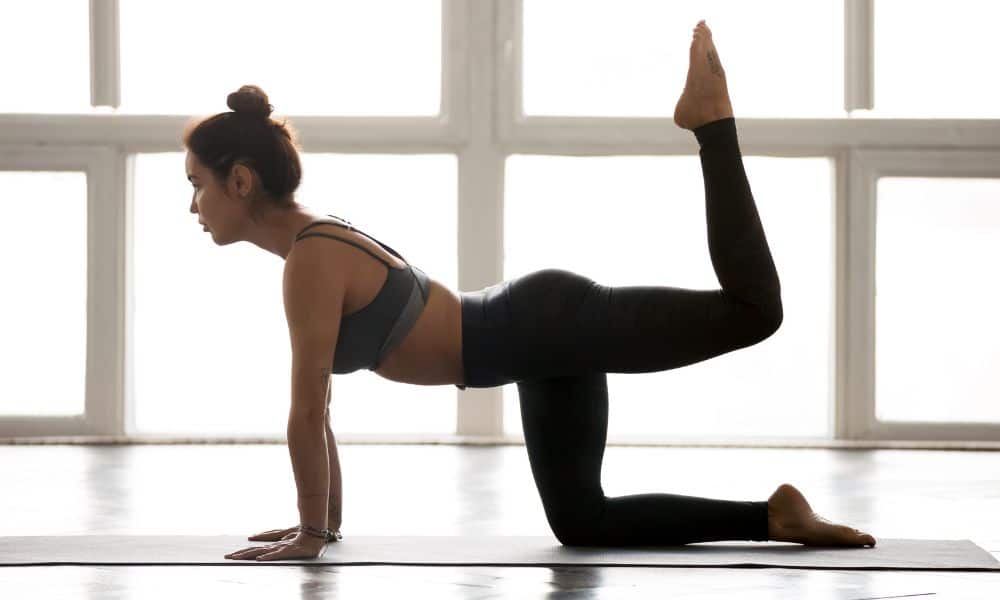Are you trying to build better glute muscles? The squat and the hip thrust are two of the most popular exercises for building strong and defined glutes. Both exercises work the glutes, but they do so in different ways. The glutes next to the abs get more attention than any other muscle when it comes down to building a sexy body. Many want to know how to create sexy glute muscles.
The glutes are comprised of three different muscles. The glutes maximus, minimus, and medius are the three muscles that make up the glute muscles. Not only are there three other muscles, but there are also two types of muscles. The glutes have fast twitch and slow twitch muscles.
Thus it takes a full range of motion to completely workout the glutes. The key to any glute exercise is the thrusting of the pelvis, which you perform with squats and hip thrusts.
Squat vs. Hip Thrust
This article will discuss using the squat and the hip thrust to build better glute muscles. In addition, we will explain how the exercises differ when building the glutes.
The Squat
The squat is a compound exercise that works for multiple muscle groups in the lower body, including the glutes, quads, hamstrings, and calves. To squat, stand with your feet shoulder-width apart and lower your body down until your thighs are parallel to the ground. Keep your back straight and your core engaged throughout the movement.
The squat is a great exercise for overall lower body strength and power. It’s also a good exercise for building muscle mass in the glutes. However, the squat doesn’t specifically target the glutes as the hip thrust does.
The Hip Thrust
The hip thrust is an isolation exercise that specifically targets the glutes. To do a hip thrust, lie on your back with your knees bent and your feet flat. Place a barbell across your hips and brace your core. Drive your hips off the ground until your body forms a straight line from your knees to your shoulders. Lower your body back down to the starting position.
The hip thrust is more effective for isolating the glutes than the squat. This is because the hip thrust places more tension on the glutes throughout the entire range of motion. Conversely, the squat stresses the quads and hamstrings at the bottom of the movement.
Which Exercise is Better?
So, which exercise is better for building better glute muscles? The answer depends on your individual goals. The squat is a good choice if you’re looking for a workout to build overall lower body strength and power. The hip thrust is a better option if you’re looking for an exercise specifically targeting the glutes.
It’s also important to note that doing both exercises can get great results. Many experts recommend incorporating squats and hip thrusts into your glute training routine. This will help you to build a well-rounded and strong lower body.
Here are some tips for getting the most out of your squat and hip thrust workouts:
- Use a weight that is challenging but allows you to maintain good form.
- Focus on squeezing your glutes at the top of each rep.
- Do multiple sets and reps of each exercise.
- Progress the weight or volume of your workouts over time.
Conclusion
Following these tips, you can build defined glutes with both the squat and the hip thrust. The key to building glute muscles is explosive moves with a greater stretch. Thus the deep squat, lunges, and hip thrust, when performed correctly, will give you the results you are looking for. Focus on quality and not quantity to get better results from your glute workout.
It is also important to understand that the squat is a compound exercise while the hip thrust is an isolation exercise which means you can recover quicker from the hip thrust. The best approach is to use both activities during a workout to get the best results. Finally, a sexy butt will give you a sexy and more athletic-looking body. So get out there and build the body that will have them turning their heads.
If you love bodybuilding, share this article on Facebook or Twitter so that others can learn more about building muscle.




